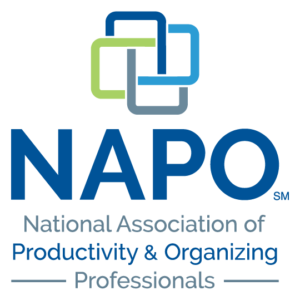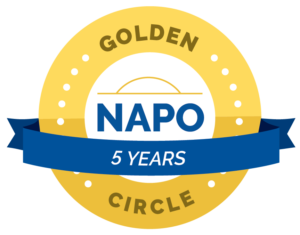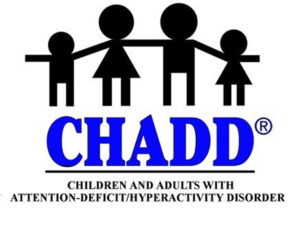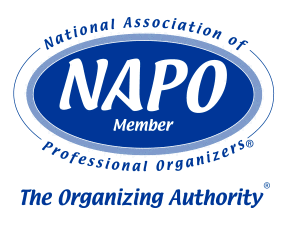 October is ADHD Awareness Month
October is ADHD Awareness Month
“For many people, ADD is not a disorder but a trait, a way of being in the world. When it impairs their lives, then it becomes a disorder.” — Edward Hallowell
There have been some incredibly successful people who have ADHD. Most have identified their ADHD-created weaknesses and designed support structures to reduce the impact in the workplace. For them, it is a trait, not a disorder.
Others, however, struggle with a variety of challenges created by the symptoms of ADHD.
Most workplaces are designed around the 92%-96% of us that are linear, process-oriented people who understand prioritization and are keen to basic social norms. People with ADHD find some of these basic premises a challenge.
Listed below are some of the most common barriers those struggling with ADHD find in a typical workplace:
Organization, prioritization, and sequencing: Some of the most difficult tasks for people with ADHD to get a handle are organization, prioritization and sequencing. The inability to find important documents, turn projects in on time and have a clear picture of what needs to happen when can create incredible stress.
Solution: If you don’t have an assistant to help out, possibly enlist the services of an organized co-worker or Professional Organizer who can help set up simple filing systems, create a calendar system utilizing some project management tools (due date, tasks, timelines, calendar reminders, etc.), and schedule regular check-ins to ensure you are on track.
Time management: This is, by far, the most common hurdle for the clients I work with who have ADHD. Due to their executive functioning processes, they just have a harder time keeping track of time. This presents a real problem when they continually show up late for meetings (or don’t show up at all) or when they estimate that a project will take an hour and it ends up taking much longer, frustrating not only themselves but whomever else is involved in the project.
Solution: First, I encourage all of my clients to purchase a Time Timer to track not only the time it takes to complete a task (vs the time they think it will take), but it also helps to be aware of the passage of time. Second, I promote the use of analog clocks everywhere and wearing an analog watch. It is very helpful to regularly be reminded of time and digital devices just don’t have the same impact. Lastly, use an audible or vibration device to que that it’s time for a transition (going to a meeting, picking up the kids, returning from lunch, etc.).
Challenging social skills: Individuals with ADHD are more reactionary than those without. Unfortunately, this may result in unintentionally offending those around them by not listening or interrupting, being more direct than the social setting may call for, and being more “me” focused than is appropriate.
Solution: Practice being attentive, with special attention to blocking out distractions. Pause before speaking. Ask yourself if the reaction is truly warranted. Pay close attention to social cues. Did someone walk away abruptly? Possibly you offended without meaning to do so. Reach out if it appears someone has been offended. Asking for feedback and forgiveness is hard at the moment, but much better than allowing the ill will to linger.
Distractibility: Let’s face it, people with ADHD are more easily distracted than others. Whether it’s an external distraction (music, co-workers, jack-hammers, piles of paper, or a cluttered desk) or internal distractions (daydreaming, planning an anniversary dinner, wondering how the fantasy football team is doing) distractions are all around us.
Solution: If possible, visually or audibly block out distractions. This may include headphones and closing a door or blinds. Don’t constantly be checking e-mail (I suggest my clients only look at e-mail three to four times a day if the office policies and norms allow). Stay away from social media when a project deadline is looming. Keep track of projects and tasks by using task lists and a Time Timer.
Do you see yourself or others in the above situations? If so, is ADHD a trait or a disorder?
Cindy Jobs
www.organizetosimplify.com


National Association of Productivity and Organizing Professionals, Seattle Chapter Vice President

Level I Certificates earned in Chronic Disorganization; ADD; Client Administration; Time Management; Mental Health; and Hoarding.
Level II Specialist Certificates earned in Chronic Disorganization and ADHD.

Graduate of the Comprehensive Training Program: Coaching Essentials; Strengths-Based Coaching; Brain-Based Coaching; Life and ADHD Coaching; and Organizer Coach Integration
Graduate-level training: Body-Based Coaching; ADHD Coaching Competencies



















